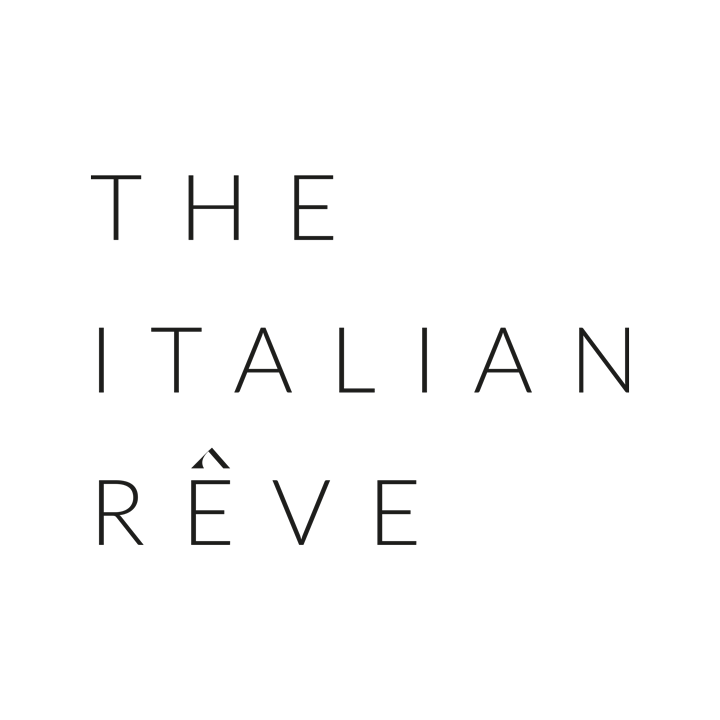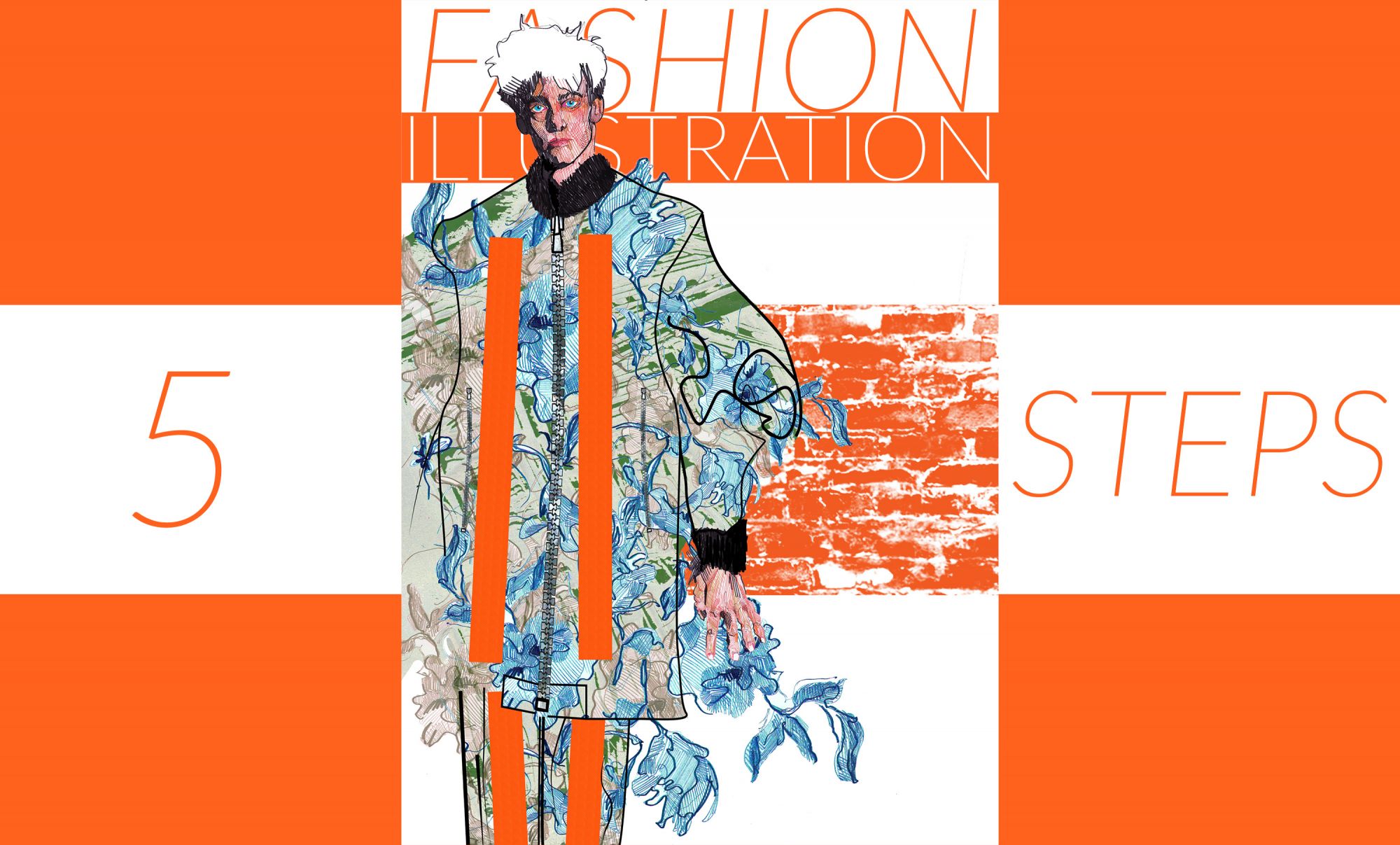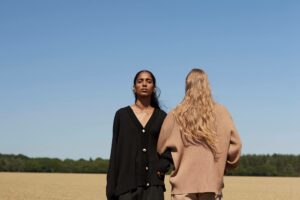We got to know Lydia Smith last April in London, during the Fashion Revolution Week. We adored her illustrations and the passion she put in teaching the art of fashion illustration. We had the opportunity to interview her and to ask her about her project, dreams and background (you can read the interview here).
We then collaborated with her, asking her to tell us about the Steps to become a Fashion Illustrator.
1) Find Outfits that Inspire you and Break them down Piece by Piece.
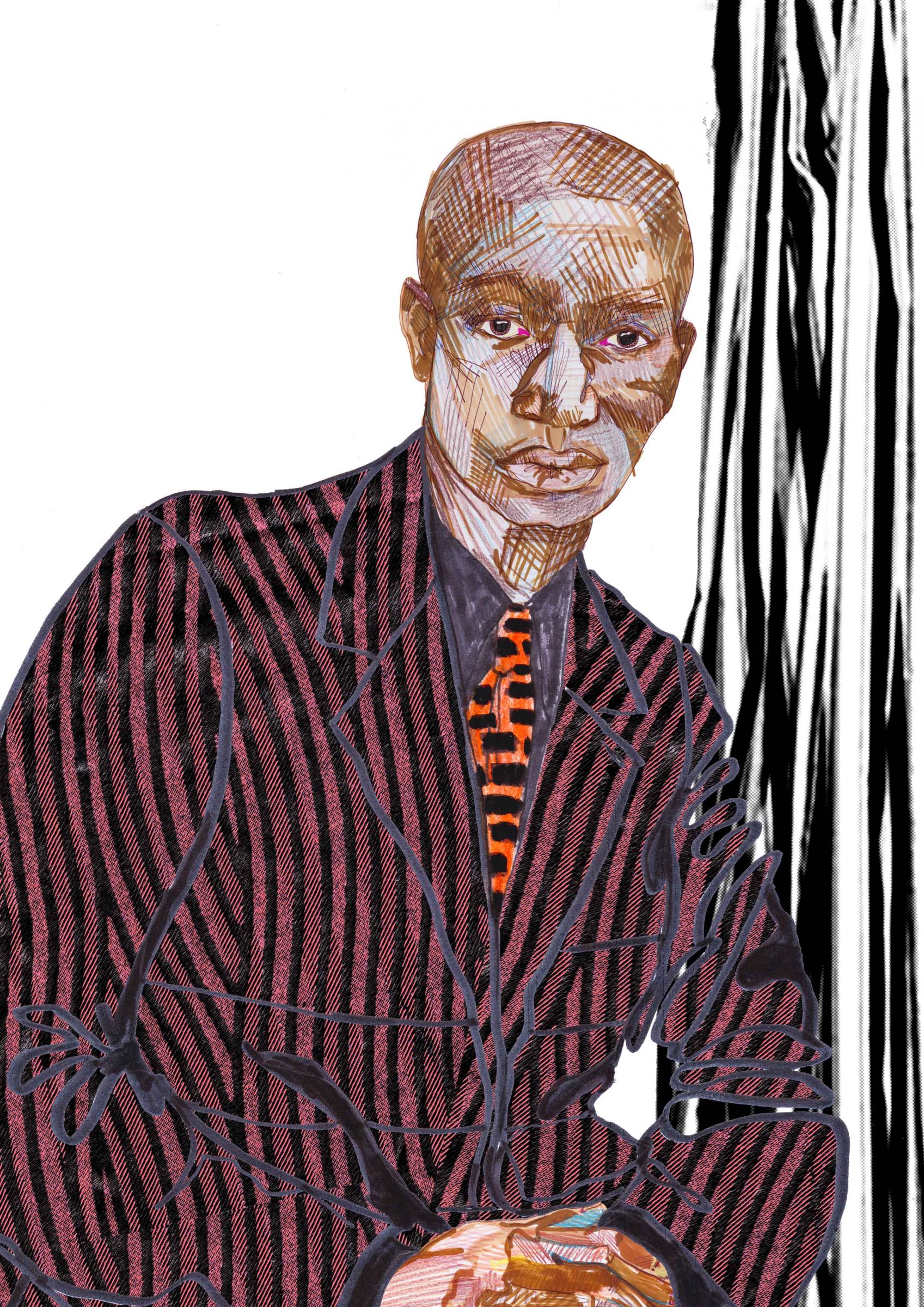
I find it’s good practice to reference catwalk looks I find on websites like vogue.com from fashion weeks past and present, but I also scour Instagram and Tumblr for ideas of what to draw next. I might just draw a catwalk look as it was on the runway, but it can be more fun to edit the look into a new pose for a fresh take on someone’s clothes. Ask yourself why you’ve picked a certain look; is it because of the colour? Print? Silhouette? Use those clues to find what to focus on or exaggerate, and how to capture that image in a way that only you could.
2) Research Other Illustrators and Artists.

Seeing what other artists have done with their vision is key to developing your own unique outlook as an artist. Be that fashion illustrators or artists of different disciplines. At first, I would suggest imitating styles that you like, and use the confidence that gives you to try more unique ways of translating your favourite fashion looks into something completely your own. Knowing what’s come before will help you prepare for what’s coming next, and how to reference that rich history.
3) Get to a Class – my Class! Or, go Outside and Draw Real People.
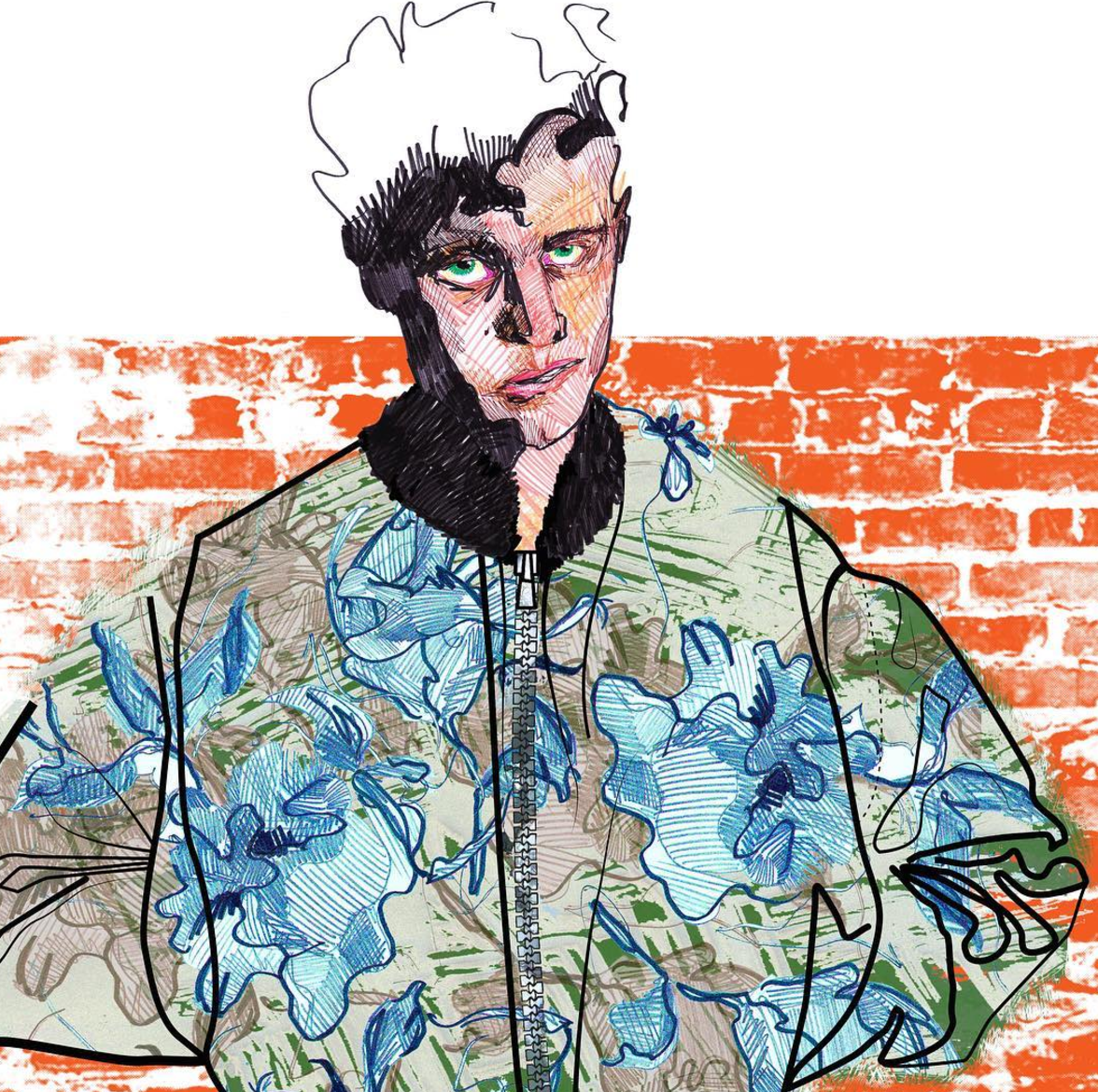
The most important part of being a fashion illustrator is understanding how clothes sit on the body and how that changes depending on fabrics, textures and tailoring. Being able to translate this even in the most abstract drawings will give your work authenticity. The best way to practice this is through attending classes, I run fashion illustration classes in London (see my Instagram @lydiasmithcreative) but if you can’t get to one then drawing people in the street or getting friends to model for you is the best way to develop that skill.
4) Mistakes are Good.
The best parts of an illustration can happen when you stop worrying about getting things exactly right and just experiment. This way you can focus on finding your individual style as an illustrator. Embrace your mistakes and use them!
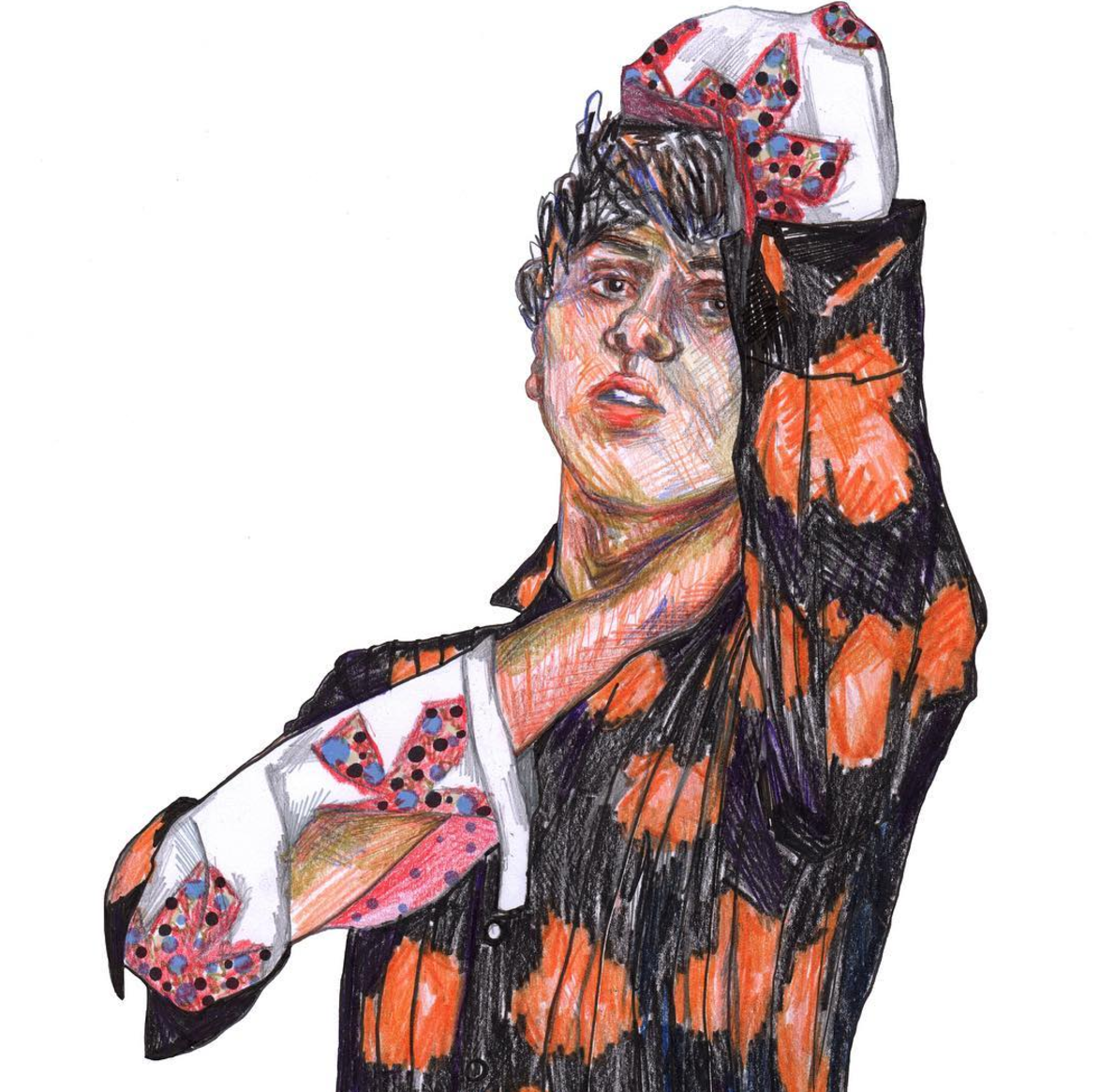
5) Drawing is Meant to be Relaxing and Therapeutic, so Enjoy it!
I use my illustration time as a sort of creative therapy. I find it’s a great way to focus on one thing and do that thing well and forget about everything else that’s going on. My illustrations never work out if I’m stressed so I know I’ve got to try and find a calm moment to really enjoy the process.
Credits Images: Lydia Smith Creative
